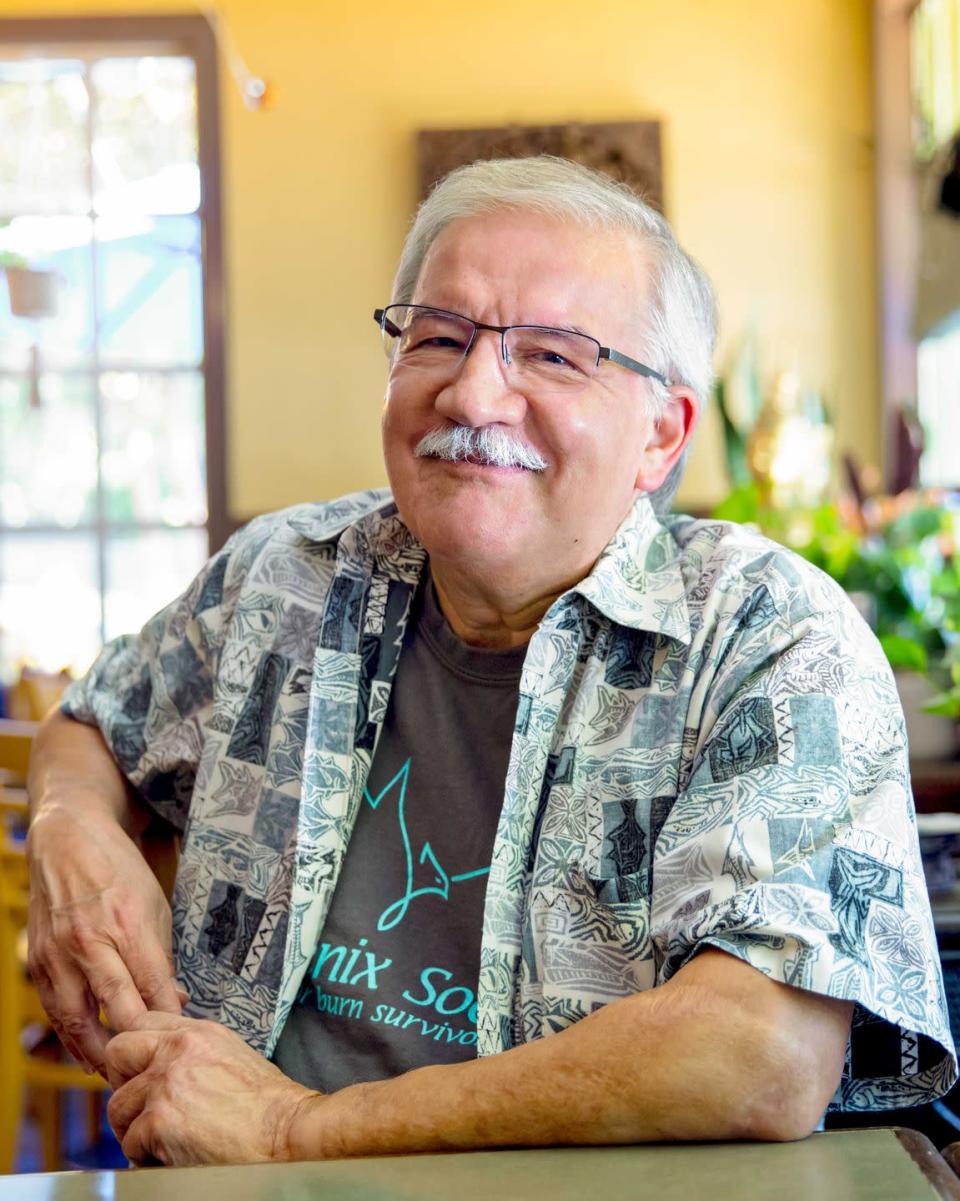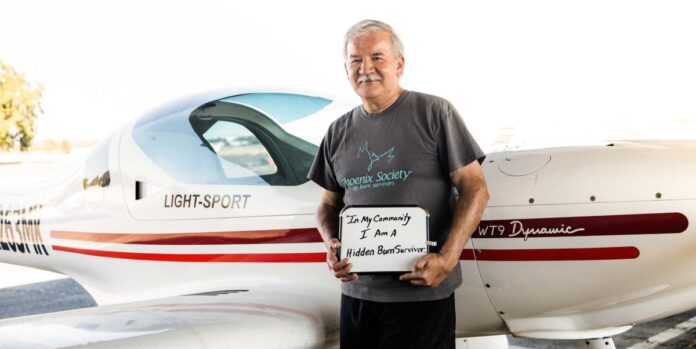It was a beautiful afternoon in southern Oregon in the summer of 1989, and I was 33 years old. After a picturesque four-day fly fishing trip with three of my buddies, we were all ready to hop into our small rented plane and fly home to California. As the pilot in command with more than 15 years of flying experience, I was prepared for an uneventful takeoff, especially since we were much lighter than when we left California with full fuel and provisions. What I didn’t anticipate was the unseen challenge at the little airport, which was surrounded by 90-foot-tall pine trees. Although I was aware of possible downdrafts and crosswinds, I could not anticipate how unusually strong they were that afternoon, because as we attempted to lift off, the plane couldn’t develop enough lift to overcome the wind shear and clear the trees. With the tree tops grazing underneath our wings and slowing our forward progress down even more, it was clear I wouldn’t be able to maintain flight.
I don’t have a clear memory of what happened next but my best friend Bill, who was sitting next to me, said I told everyone “don’t panic.” I then instructed my friend Tim in the backseat to lie down so that the backs of the front seats would protect him during impact, and I managed to land us in a clearing in the woods.
I’m told that the plane landed right side up but my face hit the instrument panel in front of me, which broke my jaw and knocked me out. The impact also broke the landing gear and ruptured the fuel lines in the cockpit, so gas began leaking on me. As my friends were helped out of the plane by a family who was having a barbecue at their nearby ranch, a fire erupted in the engine and spread to my legs and left arm. Someone pulled me out and rolled me in the dirt to put out the flames, and apparently, less than a minute after we’d all escaped, the entire aircraft went up in flames.
I didn’t regain consciousness in the burn ICU until over a week later, but when I did and was told what had happened, I immediately thought to myself, ‘if you haven’t done anything good in your life yet, you’d better start now.’ And that’s exactly how I’ve lived my life since.
Thankfully, none of my friends were burned and they didn’t sustain permanent injuries. As for me, though, I spent about a month and a half in the hospital’s burn unit. During this time, I underwent several surgeries where the doctors and nurses removed skin from unburned parts of my body and surgically grafted it onto the areas that had been burned, which included my legs and left arm. Then I needed physical and occupational therapy sessions to learn to regain the use my legs and left hand. For over 18 months following my discharge, I wore custom-fit pressure garments to flatten and aid the healing of my grafts. As a result of the traumatic brain injury I sustained after hitting my head on the instrument panel, I needed cognitive therapy to learn how to think clearly again.
What it’s like to live with burns on one-third of my body
I’m very fortunate that most of my burns can be covered by pants and long shirts, which makes me a “hidden survivor,” as we say in the burn community. But I live with challenges that many people may not realize. For example, one limitation I face is that skin grafts are actually strips of scar tissue, which are very fragile and don’t function like typical skin. My grafts have no nerve endings, hair follicles or pores that enable perspiration, so with 33 percent of my body grafted, I’ve lost 33 percent of my “air conditioning,” or my ability to cool down. It’s crucial that I stay out of the sun because I can overheat quickly, which can be dangerous on hot days. It’s also important that I clean and treat any scratches or wounds on my grafts to avoid infection, and that I stretch and massage and apply lotion to my grafted areas each morning to keep them limber and moisturized. I can’t run or walk long distances anymore, but I work to maintain my mobility through cycling.
I also need to manage my mental exertion. After my brain injury, it took me a long time to be able to focus and process again. To this day, I need to remind myself to get enough sleep and take breaks from work to recharge my brain or I will begin to forget things and lose my concentration.
Some of the most difficult aspects of my accident early on were regaining my self-esteem and figuring out how I was going to live with these permanent disabilities. Before the accident, I never would have imagined that as a 33-year-old I would need to relearn how to walk, read, and drive. I was—and still am—a hydrogeologist and environmental consultant. And throughout my recovery I wondered how I would get back to work, whether I would salsa dance again, or if I could develop a relationship with a woman who saw me for who I was and looked beyond my scars.

My disability hasn’t changed my dreams
I’m proud to say that I was able to do all of those things and more. And a big reason for that was the support I had from my family, friends, and fellow burn survivors. When I was still in the hospital, my surgeon connected me to a former patient who came in, listened to me, and guided me through the recovery process. I was so grateful for their friendship that I later trained to become a peer supporter through the SOAR program (Survivors Offering Assistance in Recovery) established by the Phoenix Society for Burn Survivors. I’ve made it my mission to be there for other burn survivors, to listen to them, and help guide them and their families to cope and begin their own recovery journey.
My other mission? To pilot a plane again. The accident didn’t lessen my love of flying. While it’s gotten too pricey for me to rent an aircraft and fly regularly enough to keep my license current, I’m still holding out hope that I will get to do it again. Maybe one of my lottery tickets will come through for me. Part of maintaining my emotional wellbeing involves following my dreams.
Back to the We Are Not Invisible project
You Might Also Like
Credit: Source link






























